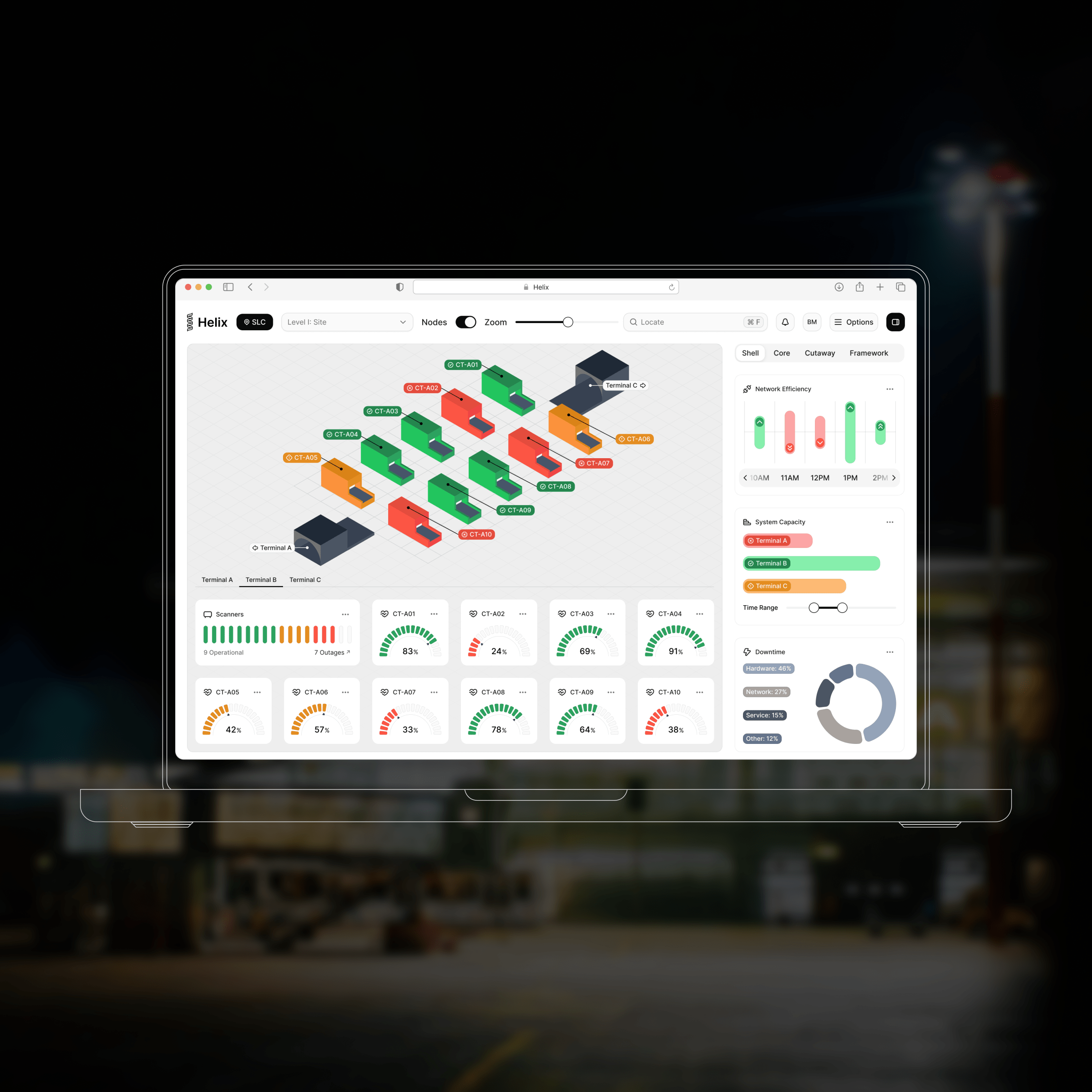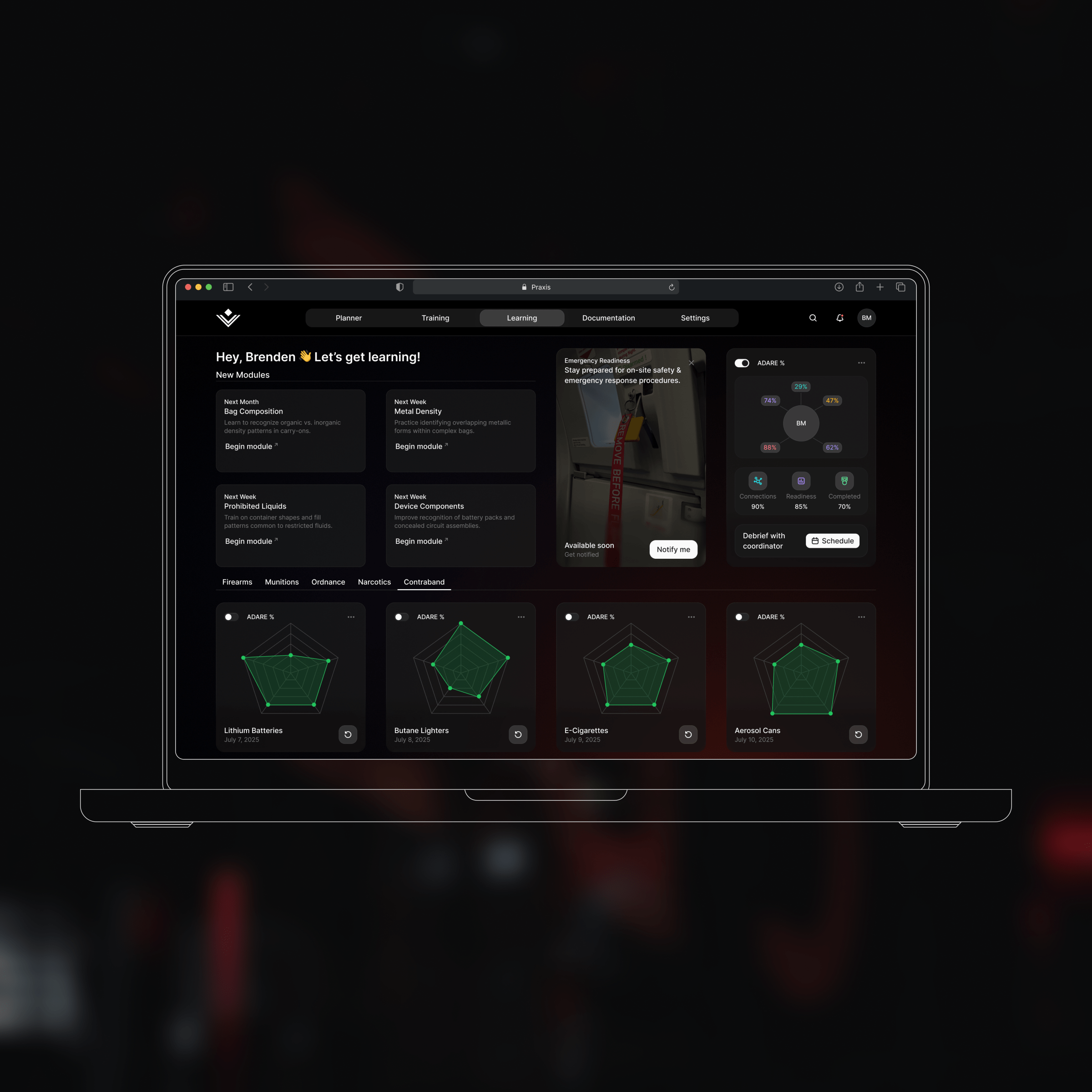
Nova
Enterprise ecosystem across multiple mission-critical platforms.
Note: Mockups shown are redesigned representations created for portfolio purposes. Original work is under NDA and remains property of the client.
Discover
Before Nova, design across the organization was fragmented. Each application followed its own conventions, creating duplicated components, inconsistent workflows, and uneven accessibility. A design audit showed how much effort was being wasted solving the same problems in different ways. Usability testing confirmed task completion times were about twenty percent slower when users moved between systems. These findings became the foundation for Nova’s creation and guided its focus on standardization, efficiency, and clarity.
Define
Nova was structured to establish consistency, scalability, and measurable performance improvement. The system included more than two hundred verified components, two color modes, over ninety calibrated color tokens, and a dozen responsive grid frameworks. My team produced over one hundred fifty pages of documentation defining usage patterns, accessibility standards, and interaction logic. Every element was tested and refined through design reviews and usability sessions to ensure accuracy and long-term reliability. Nova quickly became the foundation for future interface development across the organization.
Develop
As Nova matured, I directed three major generation releases that improved accessibility coverage, visual alignment, and developer accuracy. Prototyping in a shared environment enabled quick validation of behavior and reduced inconsistencies between design intent and production output by roughly twenty-five percent. Regular testing and peer evaluations guided each release and ensured usability improvements were sustained. Nova evolved into a stable ecosystem that supported continuous releases without interrupting active delivery schedules.
Deliver
Adoption focused on training, communication, and collaboration. I introduced onboarding programs and design critiques that built shared ownership of the system while reducing onboarding time for new designers by nearly forty percent. Nova was integrated directly into delivery pipelines and became the standard reference for all new product design. As adoption grew, the system shifted from an isolated UX initiative to an operational standard recognized across departments and engineering teams.
Impact
Nova simplified development, improved usability, and strengthened coordination across teams. Testing confirmed faster task completion, improved accuracy, and stronger accessibility compliance across validated applications. Efficiency improved by nearly thirty percent, and interface-related defects in QA dropped by more than thirty-five percent. Nova’s documentation and component library became a single source of truth for design and development. Its success and the UX organization I led were key factors in securing multiple multi-million-dollar program awards and establishing user experience as a measurable driver of quality, reliability, and delivery performance.

